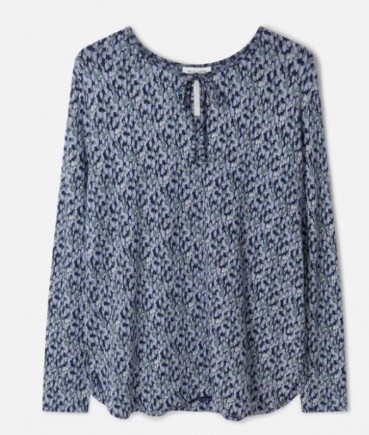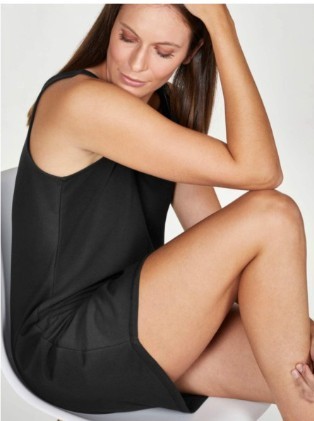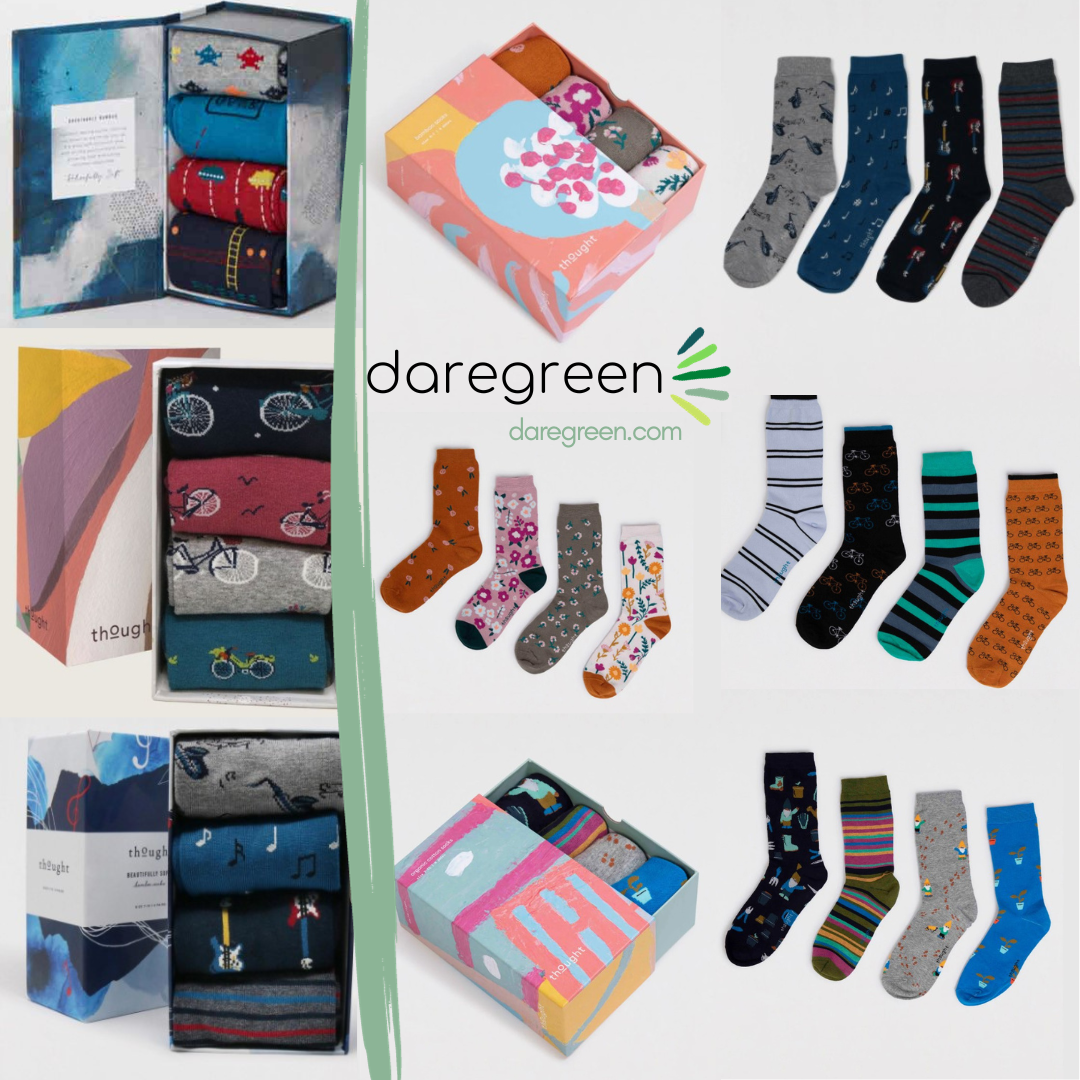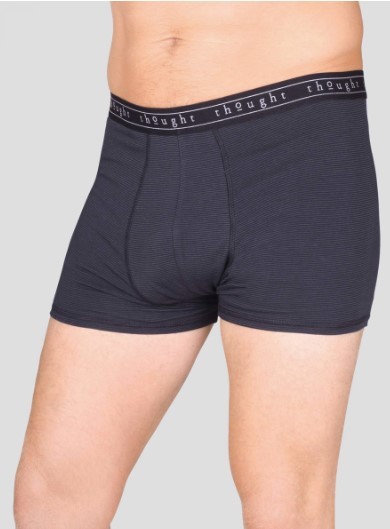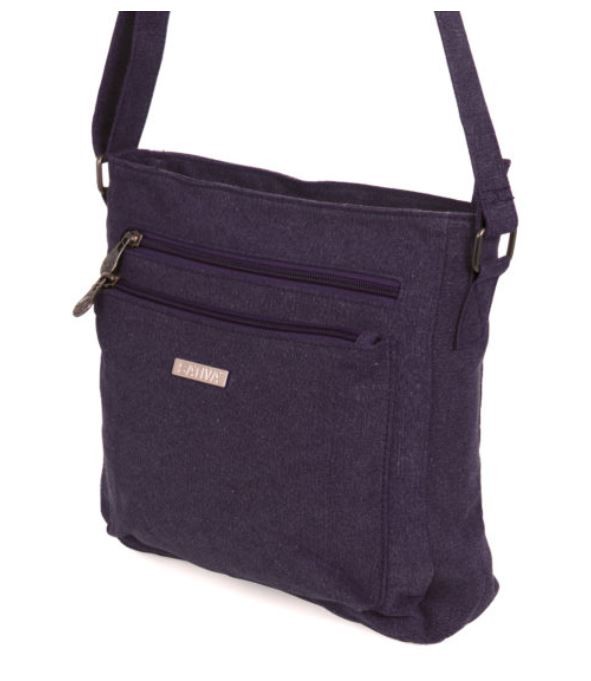Daregreen is convinced that this plant will resume an important place in the near future!
The reasons are many .... This promising plant has exceptional potential: nothing flows: seed, straw, stem ... With hemp, it is possible to manufacture paper, textiles, paints, food products, beverages, body care, construction materials & eco-plastics, polymers, oils ... Until the 1920s, hemp was mainly used in the manufacture of textiles.
Then banned in the United States and in many Western countries it gave way to the rise of the cotton industry. Kit kitchen hemp apron glove and kitchen potholder Why prefer hemp to cotton? Robust and reliable, hemp grows very fast. This production requires about half as much water as cotton. Hemp does not need irrigation to grow. Cotton uses 50% more water than hemp. Cotton also requires almost twice the surface to produce the same amount of material produced.
Hemp is a robust and reliable plant that grows very quickly. Hemp does not need pesticides in general (neither pesticides nor herbicides). Namely: cotton production around the world accounts for about 25% of the global use of pesticides. Another unfortunate point: these chemicals can end up being absorbed by our skin when we wear these clothes.
Hemp fiber used in clothing is a naturally strong and durable fiber. Hemp is soft and comfortable to wear and the more you will wash the garment the more comfortable it will be to wear Hemp has anti-bacterial and anti-fungal properties (against fungi). Hemp does not retain odors either. Hemp can be naturally creamy white, black, green, gray or brown and does not necessarily require coloring. Hemp has spectacular properties in terms of its ability to absorb CO2! Its utility and flexibility have once again inspired international fashion designers ...
Finally, manufacturing more hemp clothing would lead us to produce far less clothing, use less pesticides, respet men and their working conditions by limiting the use of pesticides, chemical dyes .....
Think about it and try!


